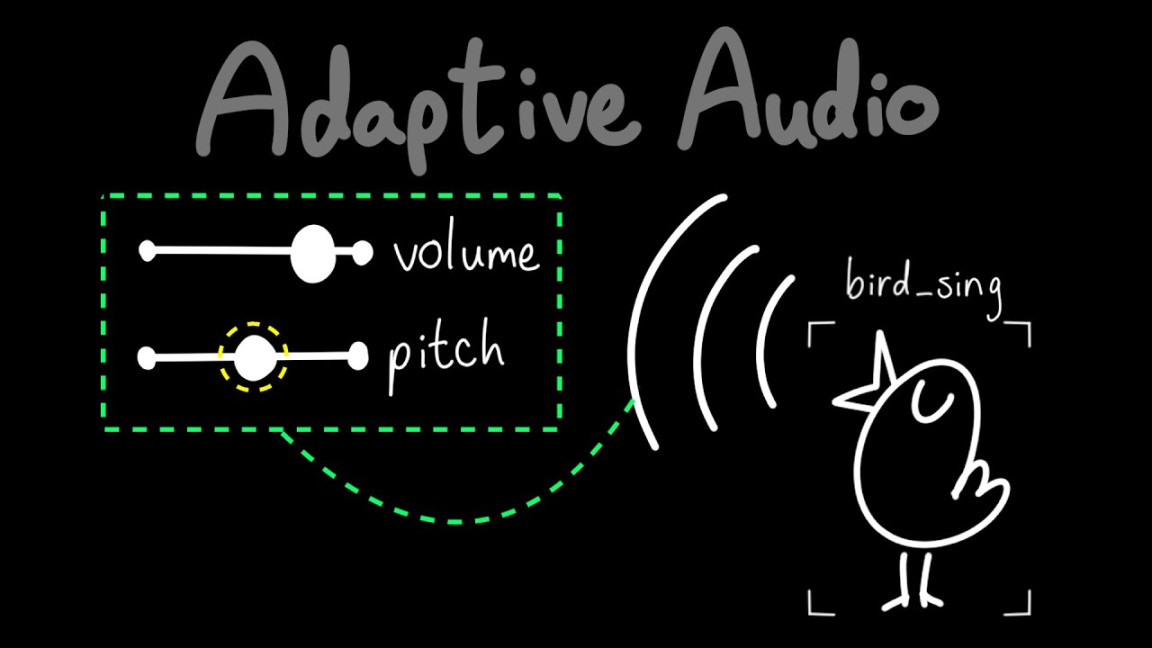What Is Adaptive Audio
Explain
Adaptive audio refers to a technology that dynamically adjusts the audio output based on the user’s environment or preferences. This means that the volume, tone, and other audio settings can change in real-time to provide the best listening experience for the individual.
How

Adaptive audio works by using sensors or other data inputs to gather information about the user’s surroundings. This information is then used to make automatic adjustments to the audio settings, such as increasing the volume in a noisy environment or enhancing the bass for a more immersive experience.
What is known
Adaptive audio is commonly used in headphones, speakers, and other audio devices to provide a personalized listening experience. It can also be found in smart home devices, cars, and even public spaces like museums or theme parks.
Solution
The main goal of adaptive audio is to ensure that the user always has the best possible audio experience, no matter where they are or what they are doing. By continuously monitoring the environment and making real-time adjustments, adaptive audio technology can enhance the overall listening experience and make it more enjoyable for the user.
Information
Some examples of adaptive audio features include noise cancellation, equalizer presets, and spatial audio processing. These features can help to improve the clarity, depth, and richness of the sound, making it more immersive and engaging for the listener.
Conclusion
In conclusion, adaptive audio is a technology that aims to provide a personalized and immersive listening experience by dynamically adjusting the audio settings based on the user’s environment or preferences. Whether you’re listening to music, watching a movie, or taking a phone call, adaptive audio can help to enhance the overall audio quality and make your listening experience more enjoyable.
FAQs
1. How does adaptive audio differ from traditional audio technology?
Adaptive audio differs from traditional audio technology in that it can automatically adjust the audio settings based on the user’s environment or preferences, providing a more personalized listening experience.
2. Can adaptive audio be disabled if desired?
Yes, most devices with adaptive audio features allow users to disable or customize the settings to suit their preferences.
3. Are there any drawbacks to using adaptive audio technology?
Some users may find that adaptive audio technology can be overly sensitive or intrusive, leading to unexpected changes in the audio settings. However, most devices offer options to adjust the sensitivity or disable the feature altogether.
4. What are some popular devices that utilize adaptive audio technology?
Popular devices that utilize adaptive audio technology include high-end headphones, smart speakers, and virtual reality headsets.
5. Is adaptive audio technology limited to personal devices, or can it be used in public spaces as well?
Adaptive audio technology can be used in a variety of settings, including public spaces like museums, theme parks, and transportation hubs to enhance the overall audio experience for visitors and passengers.